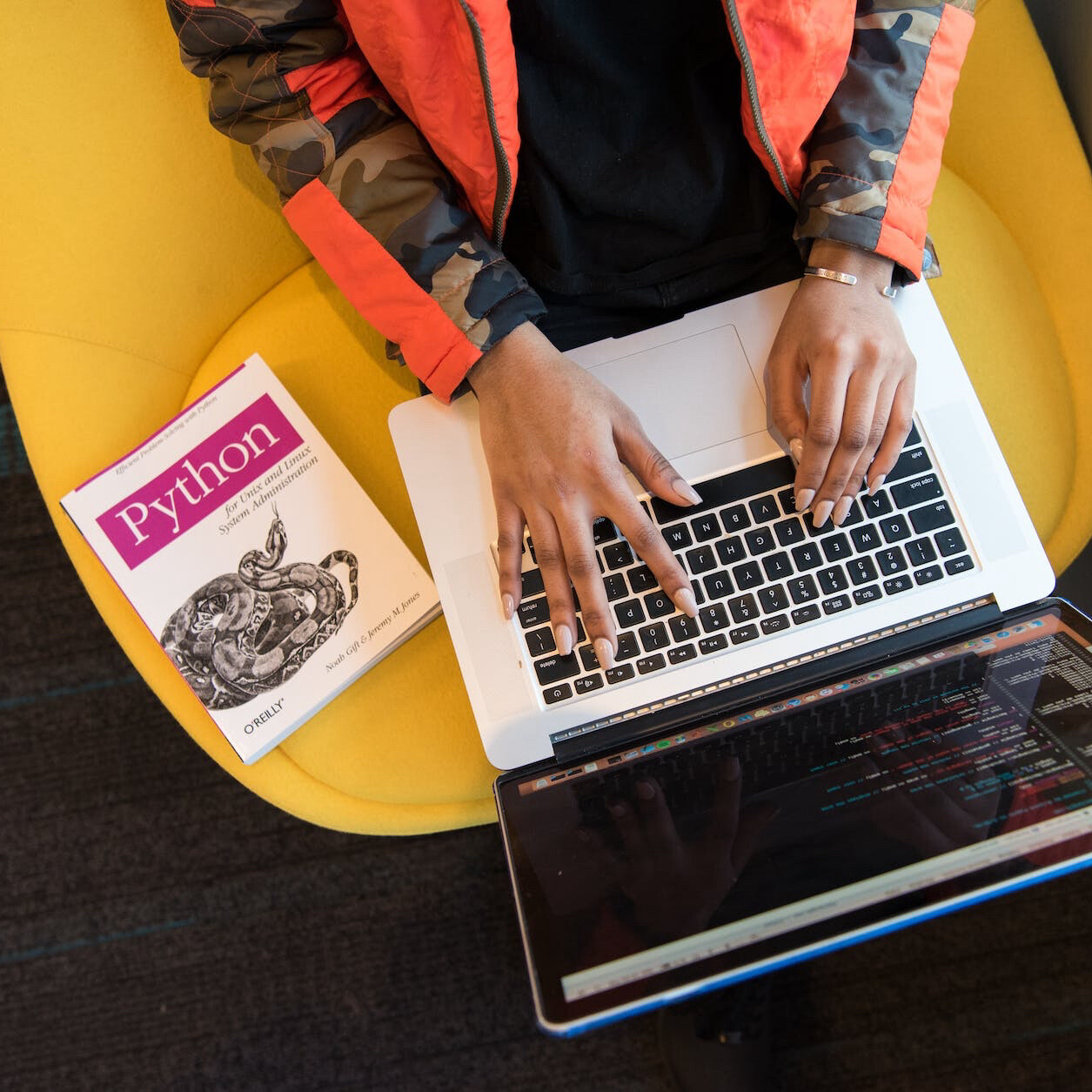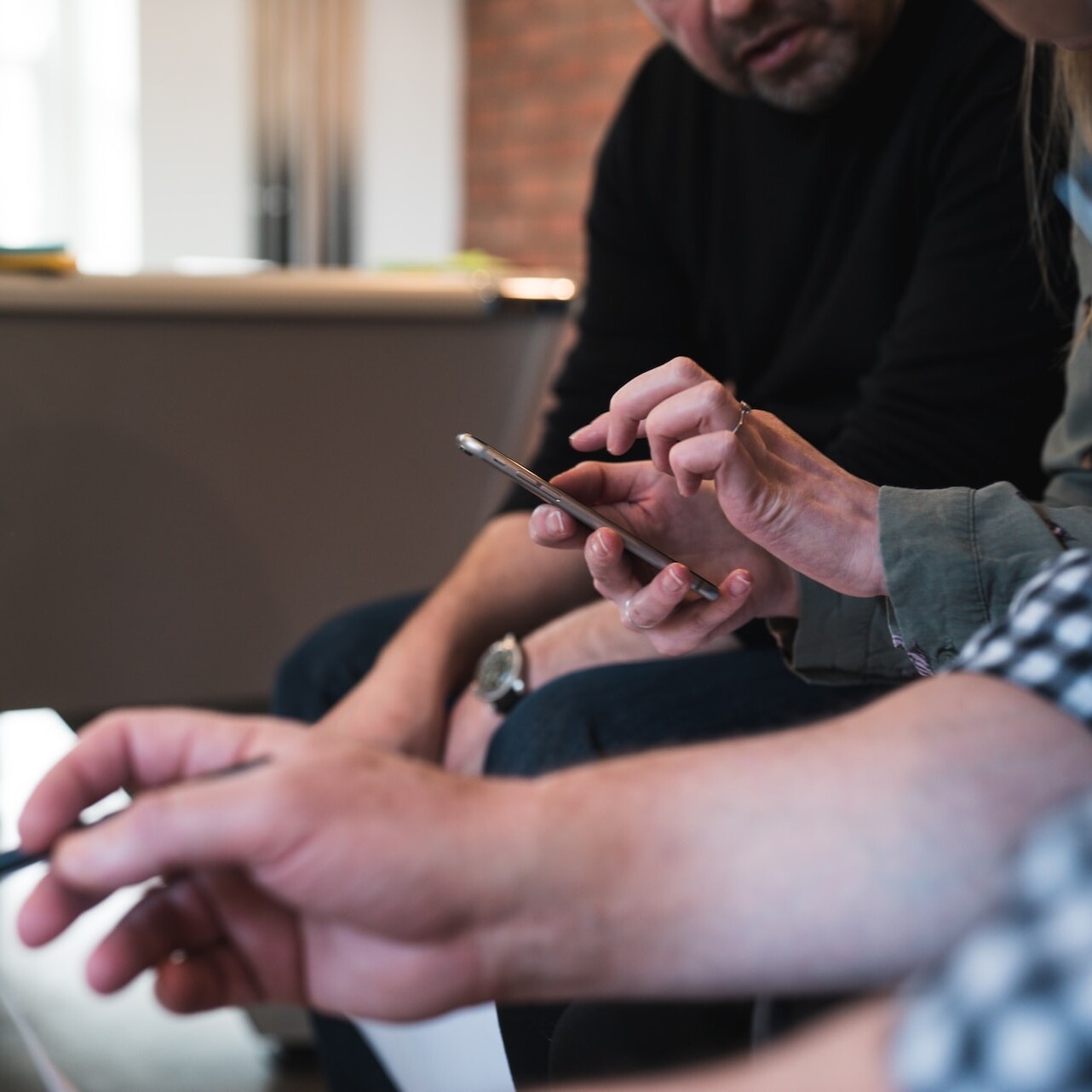A Picture is Worth 1000 Words—At Least
How we are impacted by the visuals we take in daily business would stagger you. What we see affects further actions – thus, images hold all power. An individual can hear an audio clip or read an article but will not truly internalize the information unless there is an accompanying visual – and it is the photographer controls that image, molding the image to fit the content and desired brand representation.
Ensuring both a contrast and a complementary tone is crucial for the perfect photo, accompanying both content and designed graphics that are built by creative designers, working with specifications that are unique to each company. Photography remains an important aspect of the branding process, which makes it inherently connected to graphic and web design.

Quality – a nonnegotiable detail for photos used in web design, conveying professionalism and style. Communicating the importance of clear, crisp photos is something to be considered in the design process (when working with clients who are on the fence about photography as an asset to the organization). The right photo can make a huge difference in the way that your brand is seen – amateurish or classy.
When photographers consider these used images, they’re cautioned to do the proper editing to steer clear of a bad photography experience. Many amateur photographers will focus on changing the photo’s brightness and contrast – some slightly faded effect or color change can have a much better effect on the image than the basic edits (and will also distinguish the photo from the countless others on the web).
Displaying photos that have to do with your brand and its related products and services seems self-explanatory, but many organizations will stick in a random stock photo to fill in a website’s white space. Relevancy is a small photo element but will enable the viewer to emotionally connect to your brand, creating associations and emotions that the image evokes. The right images are also eye-catching without detracting from the content and original purpose of the website. Make people pause and pay attention to what your brand has to say, breaking up the blankness of unused space in a productive way. They can also provide the user with the necessary visual information they need, driving home the messages conveyed in the text and graphic designs.
Of course, practice makes perfect – the way to find the best kind of photography style and implementation for your brand is to experiment and see what your audience responds to most positively. Ultimately, the goal is to create an efficient, productive and visually appealing experience for your website visitors – photography will continue to have a prominent place within this type of presentation.



